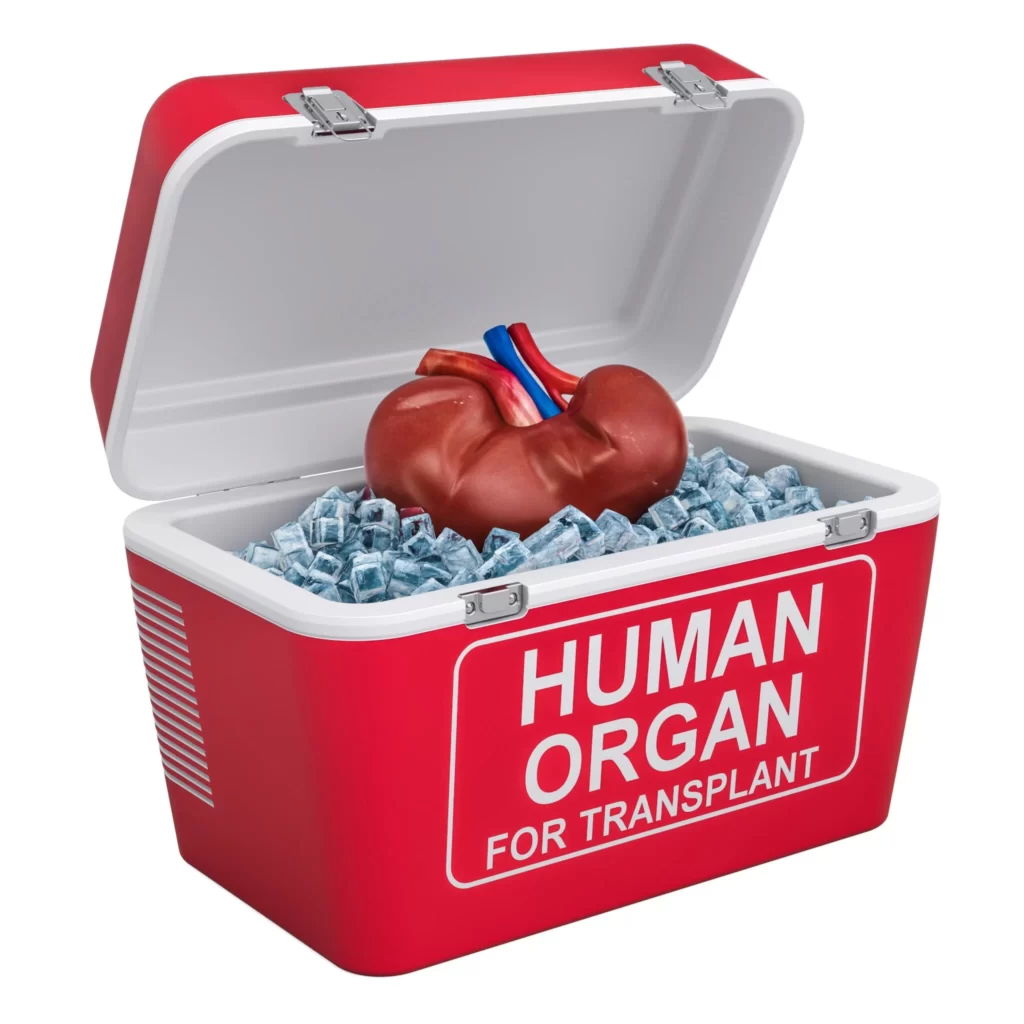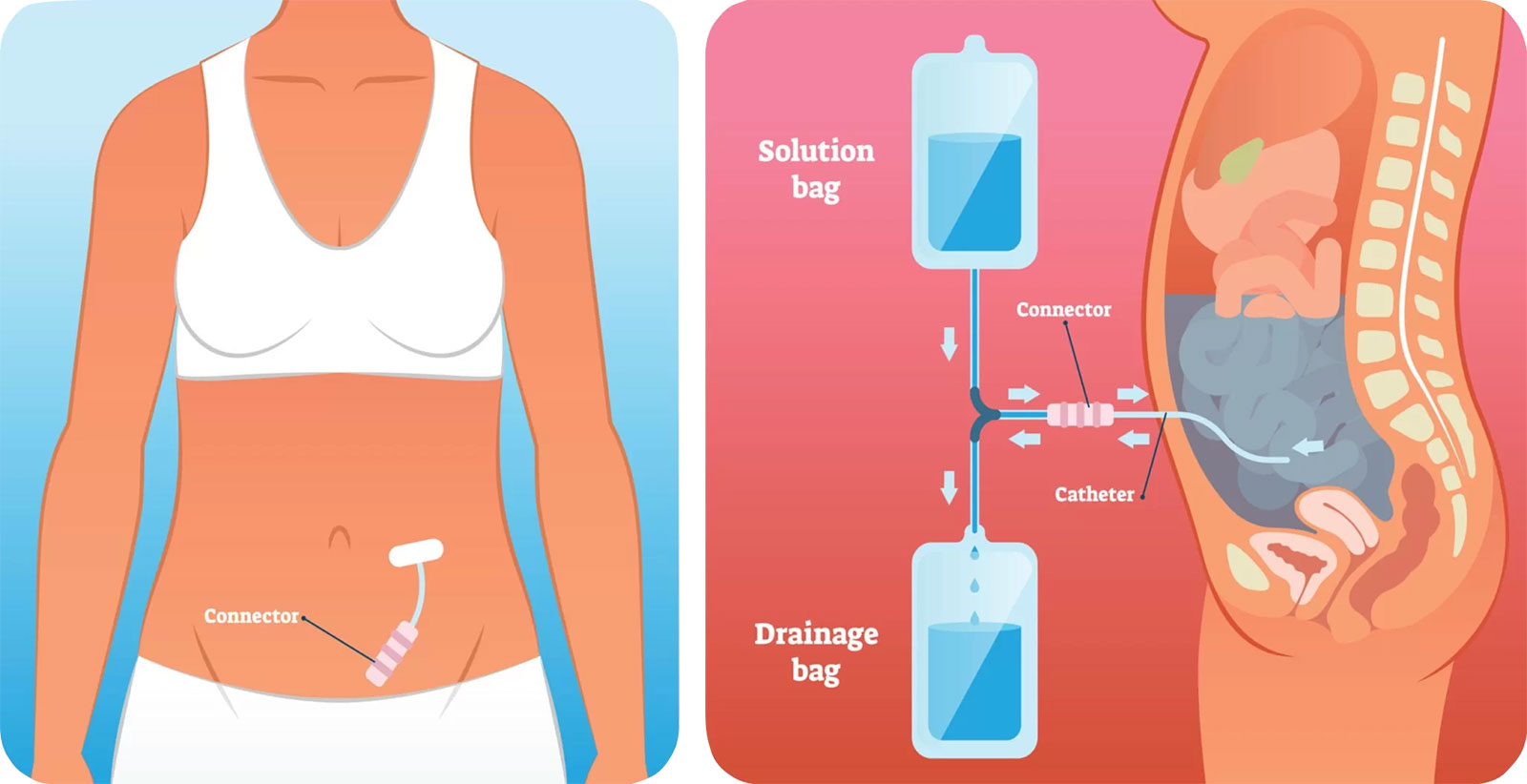Treatment Options for Kidney Failure include Kidney Transplant, Peritoneal Dialysis (Tummy Dialysis), Hemodialysis (Machine Dialysis), and Conservative Management
Kidney Transplant (Renal Transplantation)

To get a kidney transplant, one must first become listed for a transplant. The longer one is on the transplant list, the more likely one is to receive a transplant. The eGFR represents the kidney function. When the eGFR is less than 20 we refer to transplant centers to help patients get on the transplant list. The referral process begins from the dialysis unit in case someone starts dialysis. The more centers someone lists at, the more likely one is to get a transplant. We refer to all transplant centers.
Good Transplant Centers
Ascension Saint Thomas (Nashville, TN) : SRTR Program Summary
University of Arkansas for Medical Sciences (Little Rock, AR) : SRTR Program Summary
Transplant Centers with Relatively Low Transplantation Percentages
Vanderbilt University Medical Center (Nashville, TN) : SRTR Program Summary
University of Alabama Birmingham (Birmingham, Al) : SRTR Program Summary
VA National Transplant Program (Memphis/Nashville, TN) : Limited/Restrictive Listing Patterns Experienced/Noted
Home Therapies


In peritoneal dialysis, we use the body's natural cavity for dialysis. Because of this, we call it tummy dialysis.
We place clear fluid in the belly cavity for about 2 hours. During this time, toxins diffuse into the clear fluid. After we drain the fluid, we remove the toxins from the body. The clear fluid is now straw-colored when drained from all the impurities. It looks like urine. We call the filling and draining of the fluid an exchange.
The more kidney function left, the fewer the exchanges needed to keep the body clean. The less kidney function left, the more exchanges needed to clean the body.
Patients do peritoneal dialysis treatment from the comfort of their homes. To be safe, we train our patients for about 2 – 3 weeks. We get a care partner to help patients with treatments when necessary.
When it comes to peritoneal dialysis, you are in the best care with The Kidney Experts. We have the largest percentage of patients on peritoneal dialysis in the region. We have the lowest peritoneal dialysis loss rate. We specialize in peritoneal dialysis.
Home Hemodialysis (HHD, Machine Dialysis at home)


We call hemodialysis (HD) as machine dialysis.
We place dialysis access in the patient's body for blood to leave the body for cleaning. The blood then goes to a filter on a machine where the cleaning occurs. This cleaned blood is then returned to the body through the same access.
The access is usually placed by a surgeon, interventional radiologist, or interventional nephrologist. The access sometimes is a catheter in an emergency. If we have prepared for dialysis in advance, a surgeon creates dialysis access. She or he may put in something called a fistula or graft. A fistula is when the surgeon creates dialysis access using the blood vessels in the body. A graft is when the surgeon creates a dialysis access by implanting synthetic tubing in the body.
A fistula is better than a graft for getting good dialysis. Sometimes there are not any good blood vessels to make a fistula, and we make a graft. When a graft is not possible, then we use a catheter. Catheters are also used when there is no planning for starting dialysis.
A surgeon creates a fistula or graft. This takes about 6 weeks to mature. In less ideal situations, we place a catheter for immediate use.
Home hemodialysis (HHD) means doing hemodialysis at home. Doing home hemodialysis means getting to dialyze more often. They often dialyze 4 of 5 days a week and sometimes even daily. Because of more frequent dialysis, patients feel better. This is because they can have more gentle treatments at home.
Home hemodialysis has a lot of complexity involved. It takes 5 – 6 weeks of training, and a care partner is almost always involved.
In-Center Hemodialysis (ICHD)

We call it in-center hemodialysis (ICHD) when doing hemodialysis at a dialysis unit.
Patients will dialyze 3 days a week. They will be on a Monday/Wednesday/Friday (MWF) or a Tuesday/Thursday/Saturday (TTS) schedule. Some patients can dialyze less often, including twice or even once a week, but this is rare.
This is a good modality for patients who cannot take care of themselves or live in a nursing home. A downside is that the patient will have to arrange his or her life around their dialysis schedule. The treatment times are on a fixed schedule though we can plan for changes. We can schedule extra treatments when needed.
The dialysis unit can arrange patient transportation to and from the dialysis unit.
Conservative Management and Hospice

Some patients may choose the option of conservative management. This allows them to focus on improved quality of life. Sometimes this approach is better than extending life with aggressive measures. Dialysis can be an aggressive measure. Sometimes, dialysis can reduce the quality of life available.
This true in some elderly when starting hemodialysis (machine dialysis). Peritoneal dialysis (tummy dialysis) is a lot more gentle. Peritoneal dialysis is a good modality when there is a good support team at home. This team is usually a close family member leaving with the patient. They can help the patient complete treatments. This may be consistent with a good quality of life compared to hemodialysis.
When patients choose conservative care, we get palliative care services involved. This often includes hospice care. You can get hospice care for two 90-day benefit periods. Then there is an unlimited number of 60-day benefit periods.
Conservative care means there can be an improved quality of life in the right cases. There can even be an increase in survival compared to starting dialysis. At The Kidney Experts, we are happy to help you understand your treatment options.